Portraiture has once again become the mainstay of contemporary art, in its new form ranging from gleaming intimacy to painful honesty.
Portraiture has once again become the mainstay of contemporary art, in its new form ranging from gleaming intimacy to painful honesty
Adam Szymanski / MutualArt
Nov 03, 2023
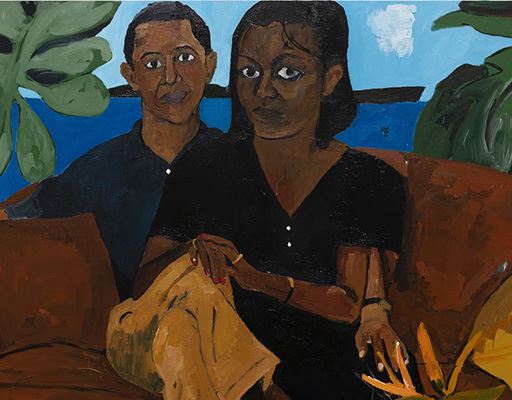
The human face has found itself under an unusually high degree of scrutiny almost three full years into the 2020s. It is not long ago that the bare face in its natural form was reclassified as “unmasked” and became associated with danger and noncompliance in the media. A previously unimaginable anxiety developed around exposed human faces, leading to the establishment of new laws, social customs and implicit moral codes concerning how and when a face should be covered, and what type of material should be used when covering it. From 2020 to 2022, the face was made into a public enemy.
A renewed interest in the art of portraiture – and its inherent focus on the qualities of the face – has arisen against the backdrop of this cultural development. A constellation of reputed artists who position portraiture at the core of their creative practices and social lives are re-energizing figurative art in a way that is expressive of the historical moment. Often highly personal, yet deliberately public, portraiture in the 2020s encapsulates everything from the tender liaisons to the career ambitions of artists who dare to put a face on who they encounter along the trajectory of their lives as painters.
Chloe Wise, Feelings for You (2022), Oil paint on linen. Photo: de Pury
Friends & Lovers & More Friends
A major trend in this decade’s portraiture has been a focus on painting subjects who are endeared to the painter, often by virtue of being a close friend or lover – someone exempted from “social distancing.” Kate Brown’s recent essay identifies this current in contemporary portraiture as “hypersentimentalism.” She points to Anna Weyant’s paintings Two Eileens, 2022, and Emma, 2022, as prime examples of this tendency, along with works by Chloe Wise, Tobias Spichtig and Elizabeth Ravn.
Weyant’s Two Eileens is a double portrait of sex educator Eileen Kelley, where one side of the portrait depicts Kelley bashfully blushing, and about to break out into a coy smile, as if prompted by the joke of a close friend, while the other side shows her face in the light of a thoughtful educator about to discuss a matter of some seriousness. Its composition and subject matter connote an air of playfulness and amitié between the painter and her subject. A comparable spirit can be found in Wise’s semi-nude portraits of women, often seen holding plants or vegetables, or the toothy grins of her 2022 exhibit Spit and Image, comprised of tinted portraits which depict gushing smiles in close-up.
Brown’s essay also demonstrates a keen awareness of how Berlin sociality shows up in the portraiture of the day. Spichtig’s 2023 exhibit Dear Friends presents his friends as delightful goth-tinged dolls who in Spichtig’s words, prompt an “uncomfortable desire for unlimited intimacy.” Whereas Ravn’s Magdo and Lucci, 2022, depicts friends hanging out and casually having a beer on the edge of a bed in a Neukölln flat as the morning sun enters through the window. These young artists’ embrace of portraiture exudes an easy-going demeanor capable of portraying carefree romances and a stream of endless sensuality graciously fed by new bodies which pass through the scene.
Elitsa Ristova, Sweet Whispers of Time (2023), oil on canvas
The list of artists who exhibit the hypersentimental tendency in portraiture could be expanded. There’s Jenna Gribbon, whose fondness for female portraits is matched only by her fondness for painting playful, late-night female wrestling matches. Her paintings display a sense of commotion and joie-de-vivre, of losing sense of time amidst a whirlwind of plain old fun and nonchalance.
Elitsa Ristova’s all-women portraiture is bolder and more serious. In her 2023 canvas, Sweet Whispers of Time, two figures intimately intertwine against a backdrop of deep cerulean blue. The figures' detailed facial features are rendered with delicate strokes, and their gazes are introspective, suggesting an emotional depth and connection between them. The foreground figure rests her head gracefully on the shoulder of the other, establishing a central focal point where their forms merge. The fluidity in the brushwork, combined with the figures' graceful positioning, evokes a sense of vulnerability and trust.
Patryk Rozycki, Stressed me at the opening at the Museum of Modern Art (2022), oil on canvas. Photo: Desa Unicum
The Pain of Intimacy
The relationships, or lack thereof, which prompt the creation of portraits don’t always give rise to the sentimental side of human emotions. One artist who certainly belongs to this generation of young portraitists, but who stands out precisely for opting not to sentimentalize his subjects is Patryk Rozycki. In fact, the sentimental in Rozycki’s work is almost totally drowned out by feelings of anguish, resentment, guilt, and despair. Rozycki habitually paints portraits of his parents and brother, along with self-portraits, all of which evoke deep-seated shame and manifest conflict. Unlike the hypersentimentalists who seem to welcome a turnstile of pleasing new relationships with ease, the faces depicted in Rozycki’s portraits express the painful fact of failing to be at peace with what the occasional bout of intimacy may bring.
Rozycki also pairs his paintings with highly personal blog posts where he outwardly admits to his family’s disfunctions and personal weaknesses. This highly confessional and narrative approach to portraiture strips his paintings, even the erotic ones, of the allure found amongst other young portraitists who never seem to be rejected, betrayed, or hurt.
Henry Taylor, Untitled (2020), acrylic on canvas. Photo: Zachary Balber/Private collection.
His paintings bear similarities with the portraiture of Henry Taylor, whose ongoing exhibition at the Whitney, Henry Taylor: B Side, runs until January 28, 2024. Taylor’s portraits are wide ranging in tone, but there is a recurrent preoccupation with painting the faces of those who have died young, as is the case with A Young Master, a 2017 portrait of his artist friend Noah Davis. Taylor’s family and friends regularly appear in his paintings which are grounded in the historical and social reality of American life. Yet there is also a strong imaginative dimension to Taylor’s portraiture practice, as he has a habit of painting portraits of celebrity figures whom he has not met.
Contrast Taylor’s 2020 work Untitled, which depicts Barack and Michelle Obama, seated on a living room sofa with a domestic coffee table by their knees, with the official portraits of the Obamas produced by Amy Sherald and Kehinde Wiley. Sherald’s First Lady Michelle Obama, 2018, and Wiley’s President Barack Obama, 2018, are undoubtedly grand contributions to the genre of presidential portraiture and have not surprisingly won popular fanfare for breaking with the dull color palette that had been canonized by the White House Historical Association. These career accomplishments for both artists signal the strength and success of all parties involved. On the other hand, Taylor’s fantastical portrait of the Obamas is painted from an incommunicable distance, perhaps in solitude, and stages a fictional relationship with two inner-circle political figures whom most Americans will never meet.
Whether contemporary portraitists like Taylor and Rozycki, Ristova and Wise, are insiders or outsiders, well-connected or dejected, effortlessly intimate or basking in the pain of rupture, it is clear that the 2020s have thus far displayed a deep fondness for the figurative. Now that the human face has once again been permitted to circulate in the public sphere, it remains to be seen whether the face will continue to connote such an acute constellation of intimacies for artists in the years to come.
For more on auctions, exhibitions, and current trends, visit our Magazine Page
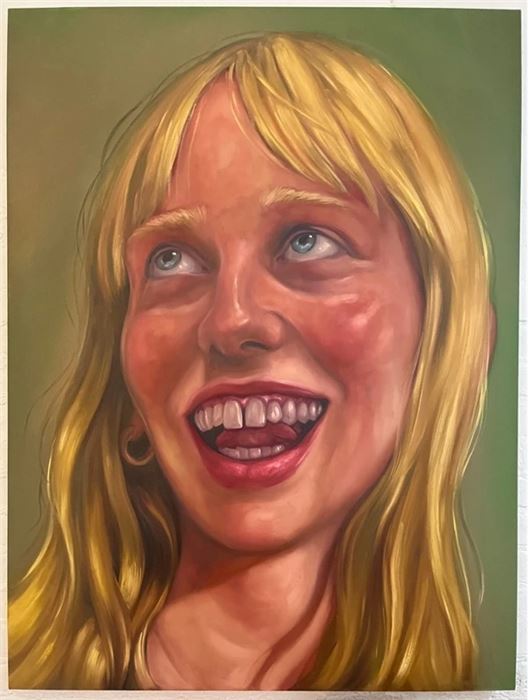
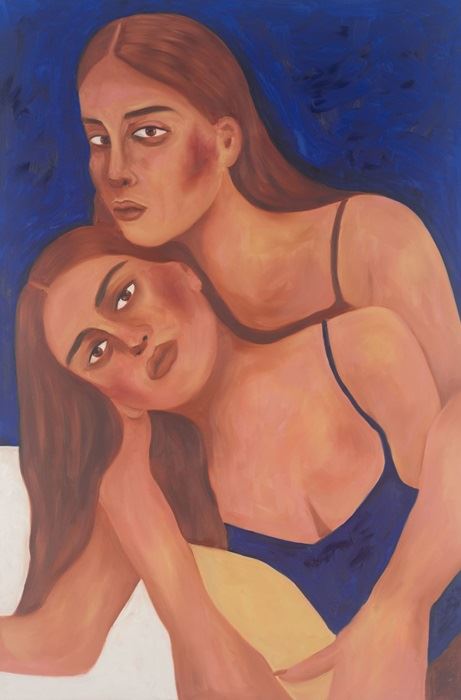
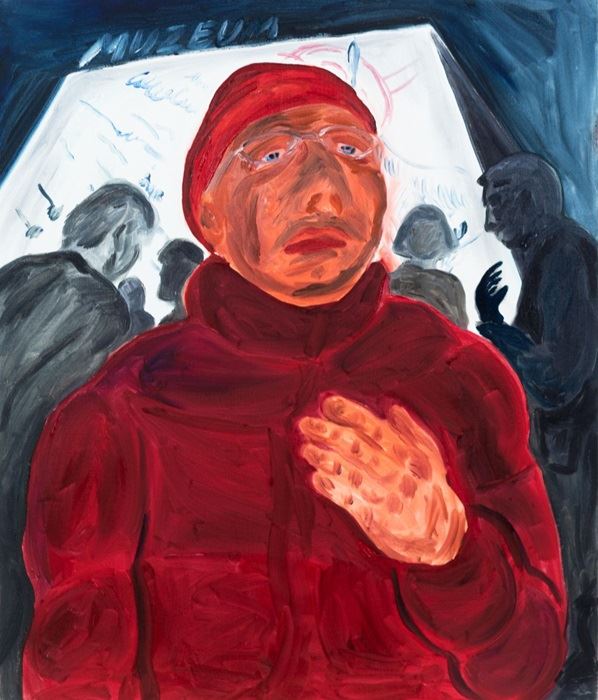
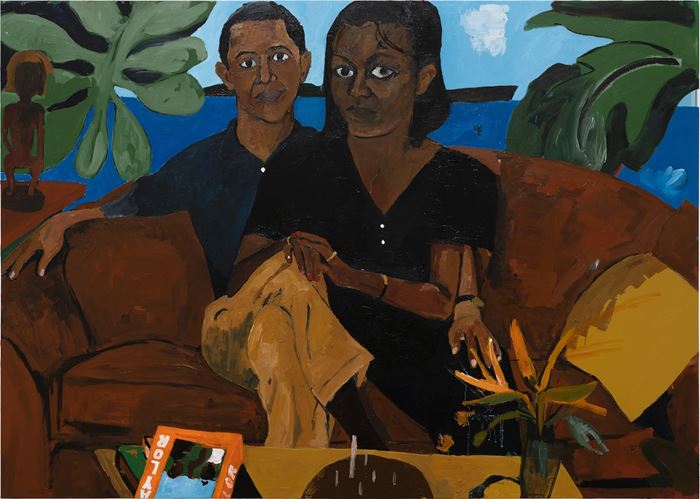
No comments:
Post a Comment
Note: Only a member of this blog may post a comment.